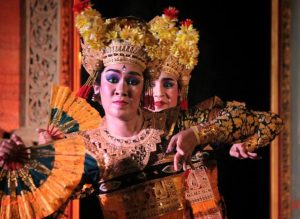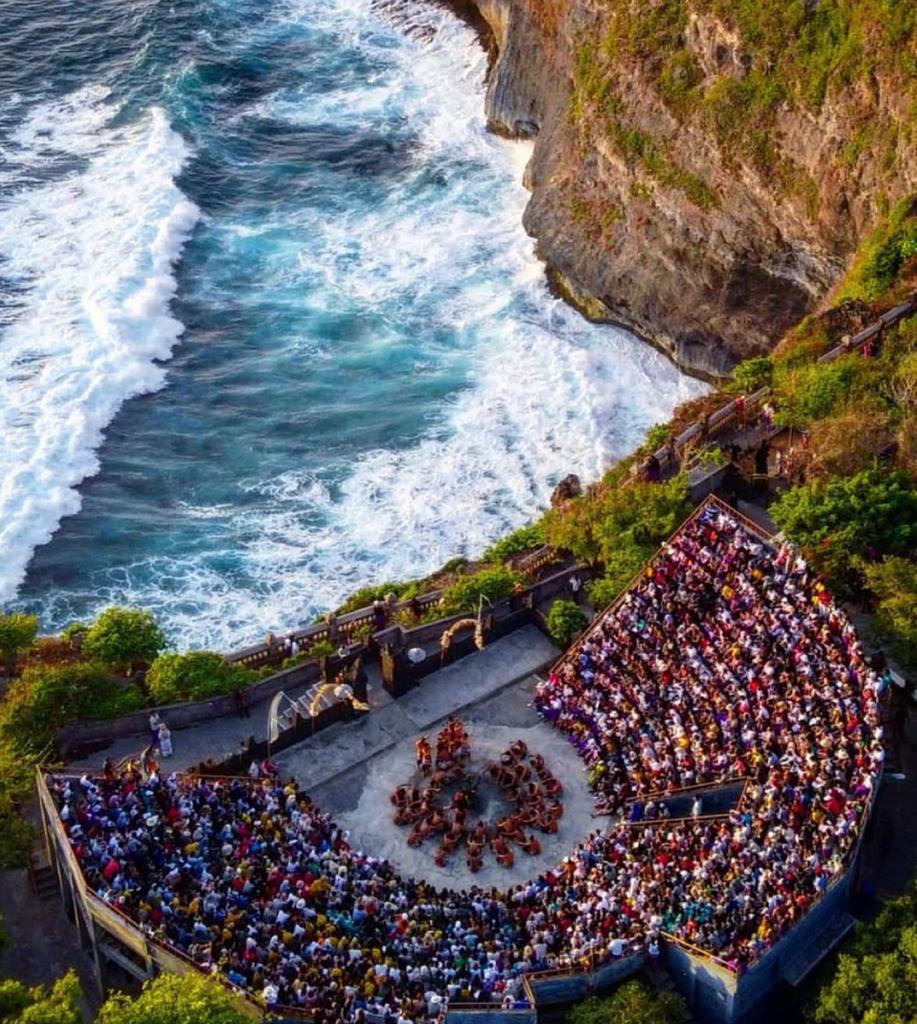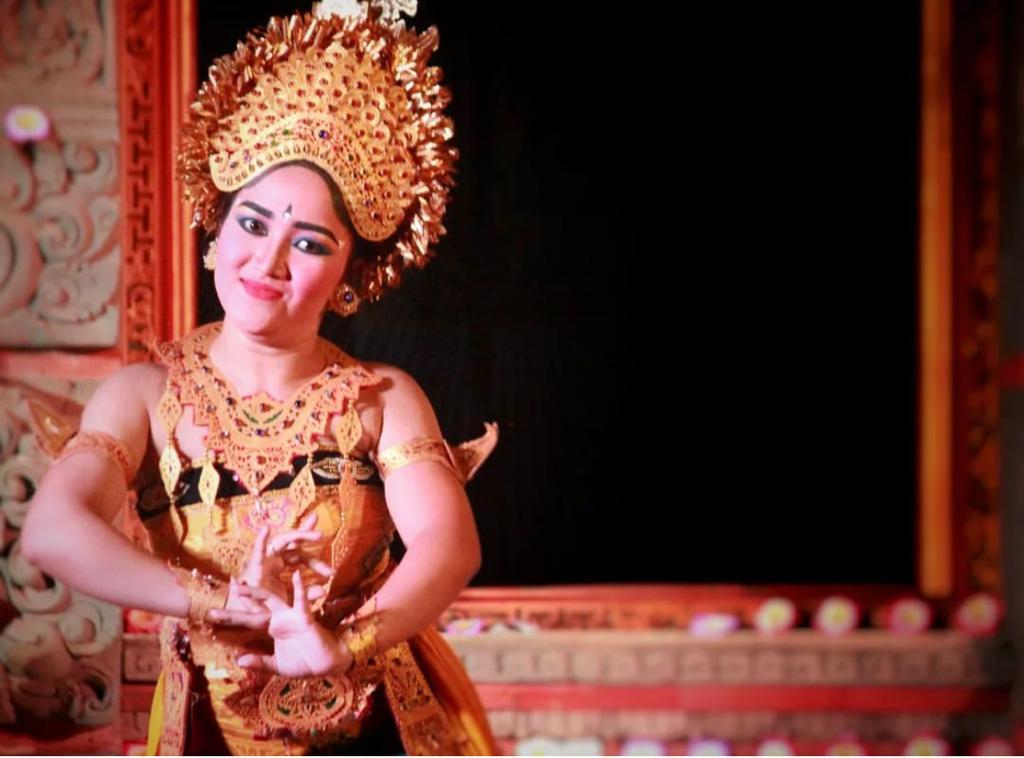The soul of Bali, an Indonesian paradise, is vividly reflected in its traditional dance forms. As a fervent admirer of art and culture, delving into the world of Balinese dancers was a revelation. In this blog post, I’ll take you on a captivating journey through the enchanting realm of Balinese dancers, showcasing their exquisite artistry and revealing the cultural significance of their mesmerizing performances.
The Essence of Balinese Dance
1. Balinese Dance: A Living Tradition The traditional dances of Bali are an integral part of the island’s rich culture and heritage. They have been passed down through generations, making them a living tradition that continues to thrive and evolve.
2. Cultural and Spiritual Significance Balinese dance is deeply rooted in Hinduism, the predominant religion in Bali. The dances often depict stories from Hindu epics like the Ramayana and Mahabharata, and they are considered a form of devotion and a means to connect with the divine.
The Graceful Dance Forms of Bali
1. Legong Dance

Legong is one of Bali’s most celebrated dances, characterized by its intricate finger movements, eye expressions, and fluid footwork. This dance is usually performed by young girls and tells a story of love and tragedy from Balinese folklore.
2. Barong Dance

The Barong dance is a vibrant and symbolic performance that represents the eternal struggle between good (Barong) and evil (Rangda). The performers wear elaborate costumes and masks, adding to the spectacle of the dance.
3. Kecak Dance

Kecak, also known as the “monkey dance,” is a unique Balinese dance where a chorus of men provides the music by chanting “cak cak cak” in rhythmic unison. The dance often portrays the story of Ramayana and is a testament to Bali’s creativity and artistic innovation.
The Art of Balinese Dance: Intricate Costumes and Expressions
1. Elaborate Costumes and Makeup Balinese dancers wear stunning costumes and intricate makeup that enhance the storytelling. The costumes are often vibrant and richly detailed, reflecting the characters they portray in the dance.
2. Expressive Movements and Gestures The dancers utilize precise hand and eye movements to convey emotions and tell a story. Every gesture, every expression is deliberate, communicating the essence of the narrative.
The Training and Dedication: Crafting a Balinese Dancer
1. Rigorous Training
Becoming a Balinese dancer requires years of rigorous training and practice. Dancers start at a young age and undergo intensive training to perfect their movements, gestures, and facial expressions.
2. Passion and Dedication
The dedication of Balinese dancers to their art form is awe-inspiring. Their passion for preserving their culture and enchanting audiences with their performances drives them to strive for perfection and excellence.
Preserving Tradition in the Modern World Challenges and Hopes
1. Globalization and Commercialization In an increasingly globalized world, the commercialization of Balinese dance is a concern. Balinese dancers face the challenge of preserving the authenticity and purity of their art form amidst the demands of tourism and modernization.
2. Educational Initiatives and Cultural Awareness Efforts are being made to raise awareness about Balinese culture and traditional dance forms. Educational initiatives and cultural exchange programs aim to instill pride in the younger generation and encourage them to embrace their cultural heritage.
Bali’s traditional dances are not merely performances; they are a testament to the island’s soul and the resilience of its people. The grace, dedication, and profound storytelling embodied in Balinese dance form a mesmerizing tapestry that captivates the hearts of all who witness it. As you wander through the cultural landscape of Bali, don’t miss the opportunity to immerse yourself in the beauty of Balinese dance—a true embodiment of art, culture, and the essence of this enchanting island.
VisabyBahalapuras.com
The Most Reliable and Affordable Visa Consultant in Bali !

